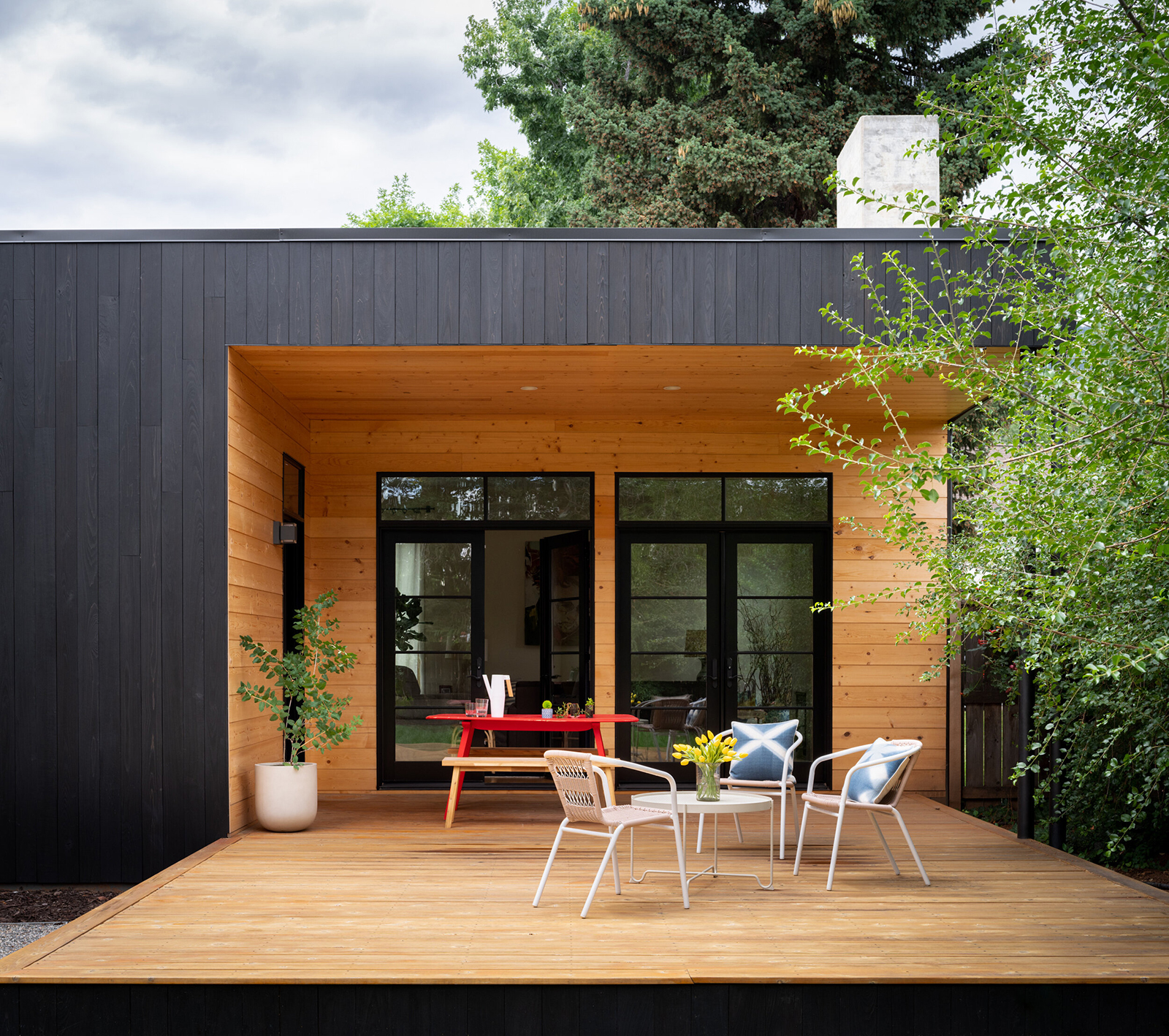Apples to Architects Part Two: The Softer Side of Comparing Fees
In Part One of Apples to Architects, we looked at the nitty-gritty of comparing fees: Hard Costs vs. Soft Costs and Common Fee Structures.
In Part Two, we’re focusing on the softer side. How should fees be considered relative to other variables? What questions should be asked before signing a contract? Can the architect/architects being interviewed deliver what they promise?
Scroll down for our top recommendations on navigating the ever-subjective question: Which architect should I hire to design my home?
The Project Triangle
CLARIFY THE SCOPE OF SERVICE
Remember the fee structures referenced in Part One? Understanding fee structures helps you to classify proposals. But even similar fee structures often include varying terms and services, so it’s important to understand both how the fees are structured and what scope those fees include before attempting a side-by-side comparison.
The “scope” of a residential architecture project relates to a range of variables, including size, complexity and level of detailing. It can also be applied to the scale of services being provided. Is the architect overseeing construction? Curating furniture and fixtures? Securing entitlements and permits?
Consider the Project Triangle, a simple tool often used in project management. It works like this:
The area of the triangle represents the quality of the project
The three points on the triangle are called constraints and represent time, cost and scope
A change to any one of the three points on the triangle necessitates a change to at least one of the other two points in order to achieve the same area (or quality)
If we apply this to architecture:
You can reduce hard costs but, to maintain the same quality, you’ll have to extend the timeline or decrease scope.
Alternatively, you can expedite the project, but scope will have to decrease and/or hard costs increase.
And what if you want to increase quality? There are versions of the Project Triangle that include additional variables including risk, resources and benefits (all of which relate to expertise) but the same concept applies.
Higher fees generally translate to greater scope, a shorter timeline, more comprehensive services, a higher level of expertise, or some combination thereof. When comparing bids, think of fees relative to the whole. What level of expertise, service, quality and risk is attached to each number? How might those factors affect the success of your project?
DO YOUR RESEARCH
As a rule of thumb, an architect’s track record is the best indicator of future success—more experience translates to a higher level of expertise.
And sure, we’ve all heard of the starchitect that comes out of school guns blazing, but …
Can they complete a project on time? On budget?
Will the project pass inspection? Will it age well?
What are they like to work with? Can they deliver what they promise?
Even famed architects sometimes struggle with quality control, so it’s important to do your research.
Before signing on with a new architect, take the time to visit their portfolio, read their reviews, and talk to past clients, vendors and collaborators. Key questions to consider: How long have they been in business? What are they like to work with? Can they deliver what they promise? Do their company values align with yours? A less experienced architect isn’t necessarily less qualified but, without a track record to rely on, you’re assuming greater risk.
ASSESS YOUR COMMUNICATION
In most cases, the relationship between architect and client extends 1-2 years+ for any given project. Sometimes this feels like the bat of an eye. Other times it does not. Either way, you want an architect who will listen carefully, ask the right questions, and take the time to understand both who you are and what you’re looking for while helping you navigate the intricacies of building a custom home.
Trust is key in establishing a constructive working relationship, and a good alignment in personality and communication styles can go a long way towards easing the ups and downs of a complex project.
Seek out an architect that you feel comfortable with. Clear and thoughtful communication between architect and client is the foundation of a successful project and ensures that your ideas are effectively integrated into the design and construction of your custom home. It also makes the collaborative process MUCH more rewarding!
THE BLDG.COLLECTIVE BREAKDOWN
Scope of Services
We work with clients through the completion of every project. By overseeing the construction and delivery of each design, we’re able to optimize communication with contractors, problem solve as issues arise, mitigate errors, control costs, and ensure the accurate execution of every detail. This also means that headache tasks like licenses and permitting fall on our radar, not yours.
As far as project scope, we work closely with our clients to identify the right size, complexity, level of detailing and scale of services for your needs and budget.
Research
If you’re interested in working with bldg.collective, we encourage you to browse our website and online portfolio, read our reviews, speak with past clients, contractors and vendors. We want you to have a clear idea of what it will be like to work with us, and whether or not that aligns with your needs.
Communication
To learn more about us, check out our blog, reviews, portfolio and about page. Then, schedule a consult. We value sincere and constructive communication, and develop our client relationships with that goal in mind.
STILL HAVE QUESTIONS?
Click here to learn about hard costs vs. soft costs and common fee structures.
Here for tips on setting a project budget.
And here if you’re navigating the difficult question: To remodel or rebuild?
You can also contact us directly by calling (303) 357-1364 or by clicking here.





